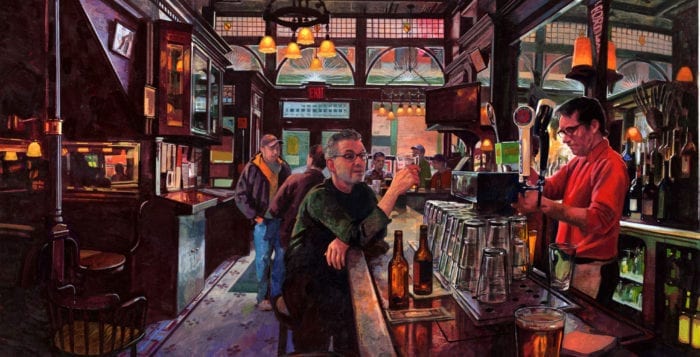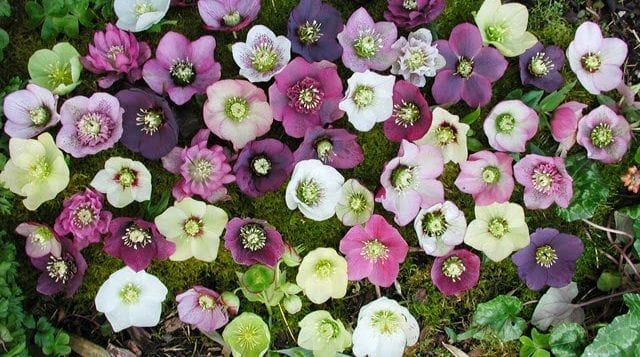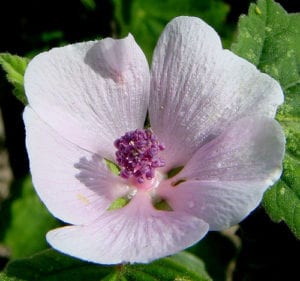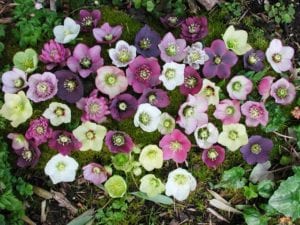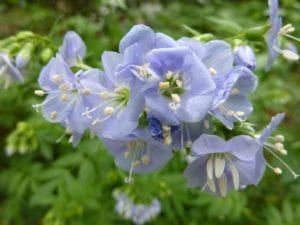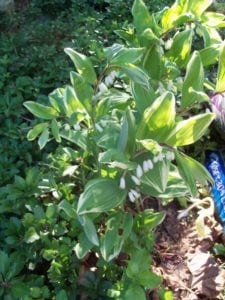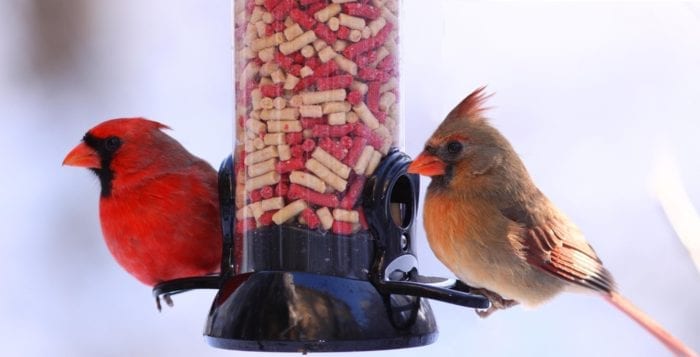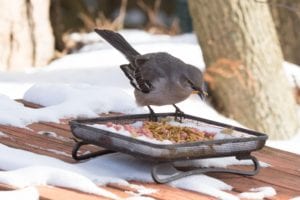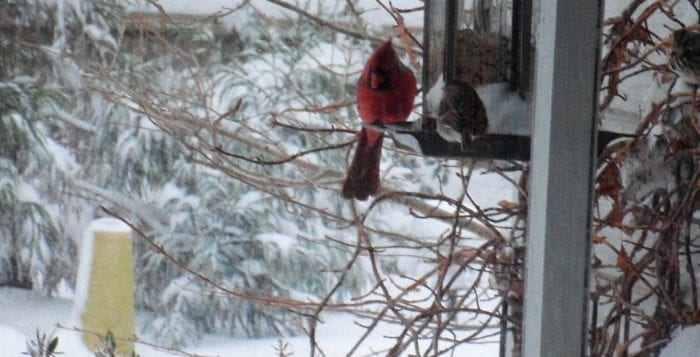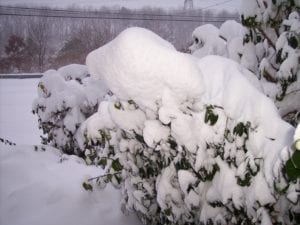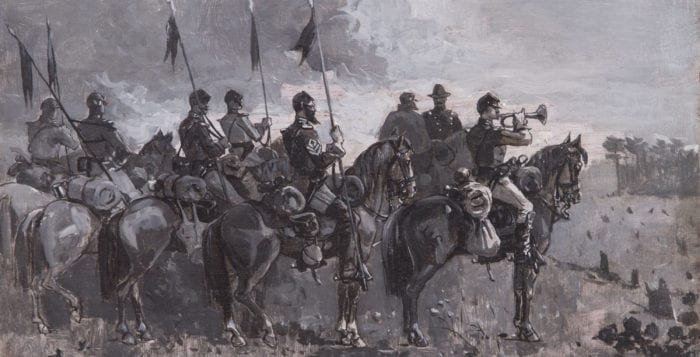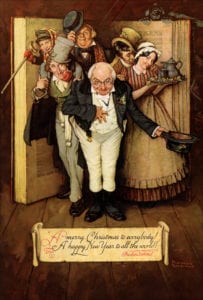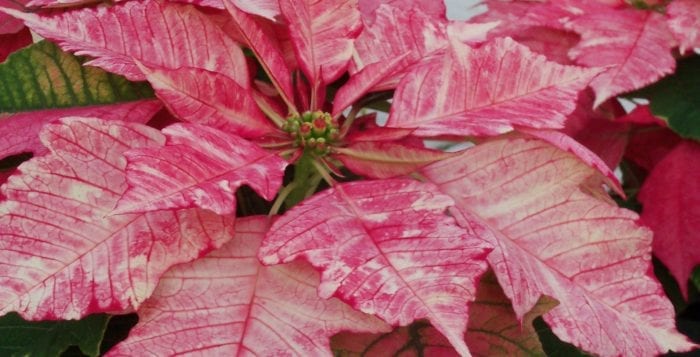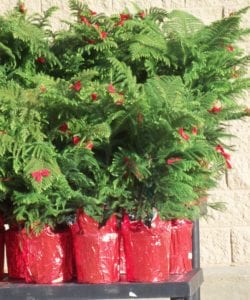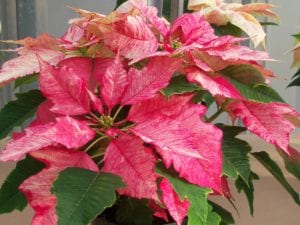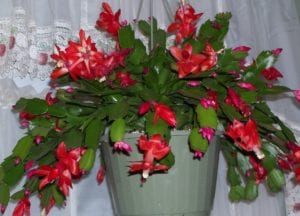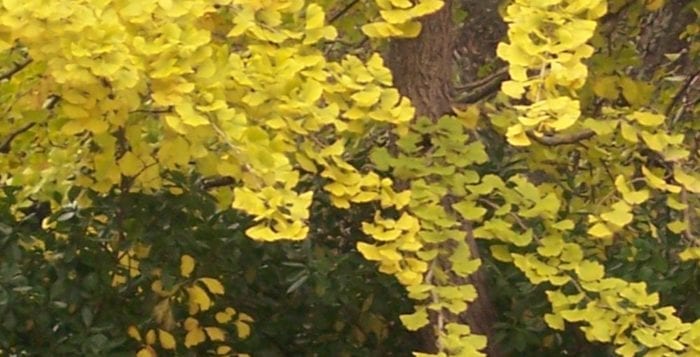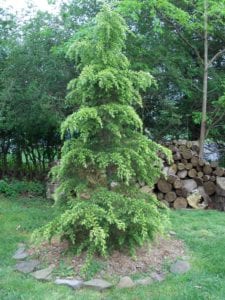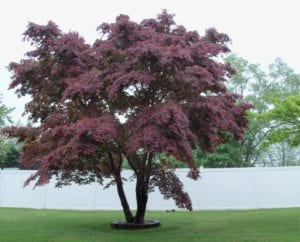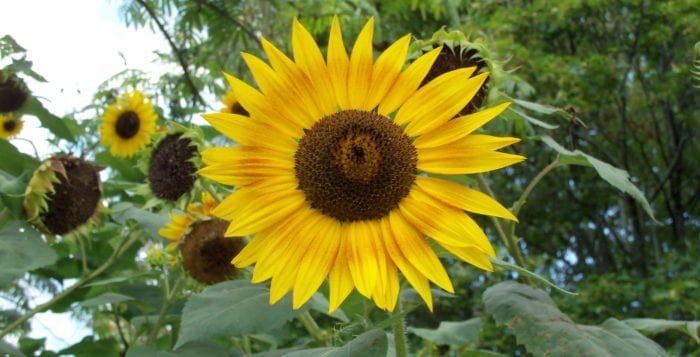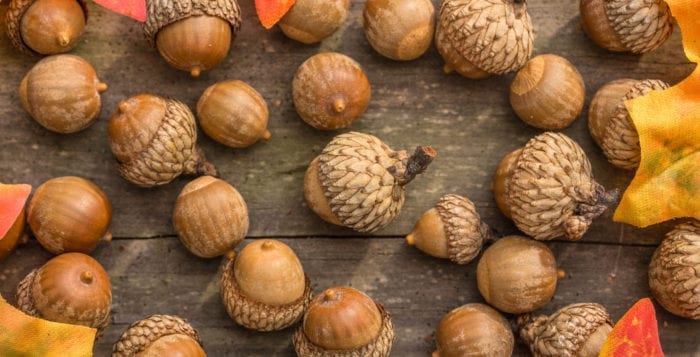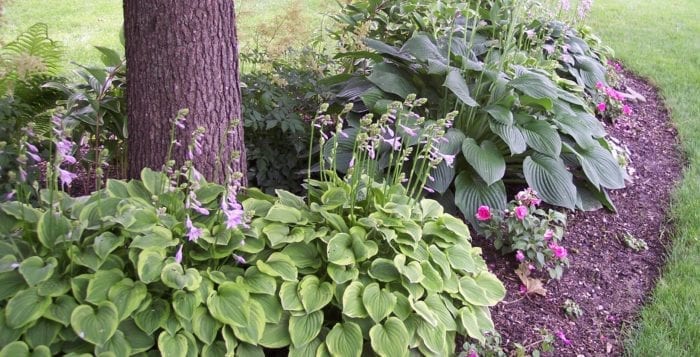By Ellen Barcel
The Smithtown Township Arts Council’s Mill Pond House Gallery has a new exhibit opening on Jan. 21, The Fine Art of Illustration, which runs through Feb. 19. Twenty professional illustrators will have approximately four dozen illustrations on display.
Noted Allison Cruz, executive director of STAC, “The exhibit features original artwork of fine artists who specialize in illustration. They created art in particular subjects for clients who published their artwork in books, catalogs, advertising media, gaming media, postal stamps and the list goes on and on.”
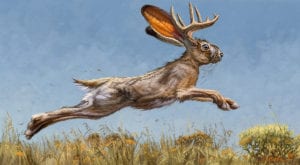
There are many reasons for using illustrations rather than reproducing photos. One is to illustrate a theme or topic for which there are no photos, such as historical events. Another is for a situation that doesn’t exist yet, a future event or for fantasy. Illustrations can quickly and easily display an idea, sometimes much more effectively than a more complex photo. Illustrations can also include graphics such as maps, charts or logos (a real plus in advertising).
The idea for the exhibit came from Cruz. “I try to organize artist gallery opportunities that are unique to this area and try to offer gallery visitors a well-rounded snapshot of contemporary art today. I have always admired illustration art,” she said. “There will be a diversity of styles, approaches and techniques … both traditional and digital.” Traditional media in which these artists work include oils, watercolors, charcoals, textiles, pen and ink and printmaking.
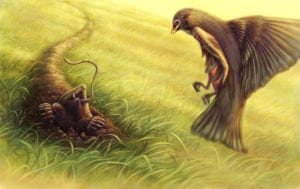
Cruz added, “Personally I feel illustrators sometimes get the short end of the stick in the art world. The art world does not like the commercialism of the illustration world. For me, a strong work of art is a strong work of art … no matter the purpose it was created for … it takes the same good skills and elements … lighting, form, composition, color etc. to create a fine piece of art for yourself if you are an artist as it does to create it for someone else … How dull our lives would be without these designs to help bring the written word to life!”
Artist and exhibit contributor Joel Iskowitz said many works of the great masters were commissioned, such as “the Sistine Chapel and many of Rembrandt’s works. This is a great title for the show, ‘The Fine Art of Illustration,’ because I see no difference between the two,” he said. “It’s a false boundary. Both entities are the same when performed at the highest level … All artwork that serves a purpose, that conveys the story, that has content beyond the confines of the craft of art itself is artwork that will speak to people and last throughout time.”
The artists in the exhibit have a wide variety of clients. Stephen Gardner has painted the covers for books, baseball cards and even movie posters. Iskowitz has done the artwork for over 2,000 stamps for some 60 separate nations, as well as illustrating children’s books. Anita Rundles, a 2013 graduate of the Fashion Institute of Technology, focuses on fashion and documentary drawing.

Gardner, who was born in the UK, came to NYC because, “I primarily paint book covers and New York is where the work was, more work, better paid, and all of my favorite illustrators were Americans, Bernard Fuchs, Bob Peak and David Grove, to name but a few.” In NYC he became a baseball fan (the Yankees), “I would listen to the radio commentary and go to the day games that were so cheap back then. When I got the chance to do baseball paintings I kept at it, and certainly doing so many cards for Topps was a real joy. The movie poster was a real fun assignment,” as well.
Gardner added, “The paintings in the show are all part of a personal body of work I’m creating for a possible book. The project started as course work whilst I was studying for my MFA at FIT. An Illustrated Guide to New York’s Historic Bars, is the theme.”
Said Rundles, “I would say it’s difficult to break into the illustration world in general. It can be done for sure. … I’ve done some work here and there, for Dior and Versace doing events, but most of my drawings I’ve done on my own time for myself …”
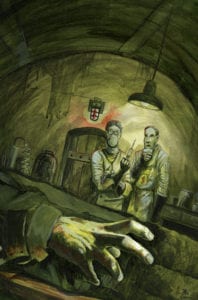
Rundles has also done several large-scale murals as well as public art. “The two biggest projects I’ve done were both for the interiors of tech offices in the Chelsea neighborhood of Manhattan … I recently did a small nonpermanent chalk mural on the 7th Avenue wall of my alma mater FIT, which is very public and still up at the moment, although eventually they will pressure wash the wall and it’ll be gone.” Rundles added, “One of the pieces included in the show is the artwork from one of the pages of a 56-page Jane Austen coloring book that I did for Abrams books last year. It was one of the best projects I’ve worked on so far in my illustration career and a great learning experience.”
Robert Felker did work for CNN. “I worked at CNN.com for eight years (2000-2008) and it was at times quite exciting. September 11, 2001 would most certainly be the most memorable! The highlight of my career there was the work I did as lead designer for our 2008 Presidential Election site. We won some Webby awards for our Primaries coverage and some of the data visualization stuff we were doing then was pretty new and exciting. It was chaotic and stressful at times, and even though in many ways it was an amazing opportunity.” Felker moved on to work for Scripps Networks Interactive, headquartered in Knoxville, Tennessee (“Where I was born”) and where he continues to work. In addition to working in oils, his favorite medium, he is also a collage artist.

Iskowitz noted, “artwork done for reproduction in publishing is very democratic at heart. Philatelic and numismatic artwork is especially so because epic stories are told on these tiny ambassadors that move freely amongst civilizations not bounded by time, borders or false categorical judgments.” One of the most meaningful stamps he designed was for the United Kingdom “honoring Kofi Annan, the first sub-Saharan, a Ghanan, to rise to the level of secretary general of the United Nations. It became the stamp for the month and year in the UK. The stamp designs that were the most fun were a series of stamps which portrayed a fantasized visit to New York City by Popeye the Sailor Man. I got to depict Popeye, Olive Oyl, Bluto, etc.”
The juror for the exhibit was William Low, an award-winning painter, illustrator, author and educator, who has a reputation for using light, color and perspective and creating images those viewers find an immediate emotional connection with, who most recently designed the 2016 Forever Holiday Stamps for the U.S. Post Office.
Some of these original works in the show will be for sale. In addition, some of the artists will have prints of their work. This is a chance to see not only the work of local artists but the tremendous diversity there is in art for illustration.
The Mills Pond House is located at 660 Route 25A, St. James. The gallery is open Wednesday through Friday from 10 a.m. through 4 p.m. and Saturday and Sunday from noon to 4 p.m. (closed holidays). A meet-the-artists reception, to which the public is invited, will be held on Saturday, Jan. 21 from 2 to 4 p.m. For further information, go to www.stacarts.org or call 631-862-6575.

